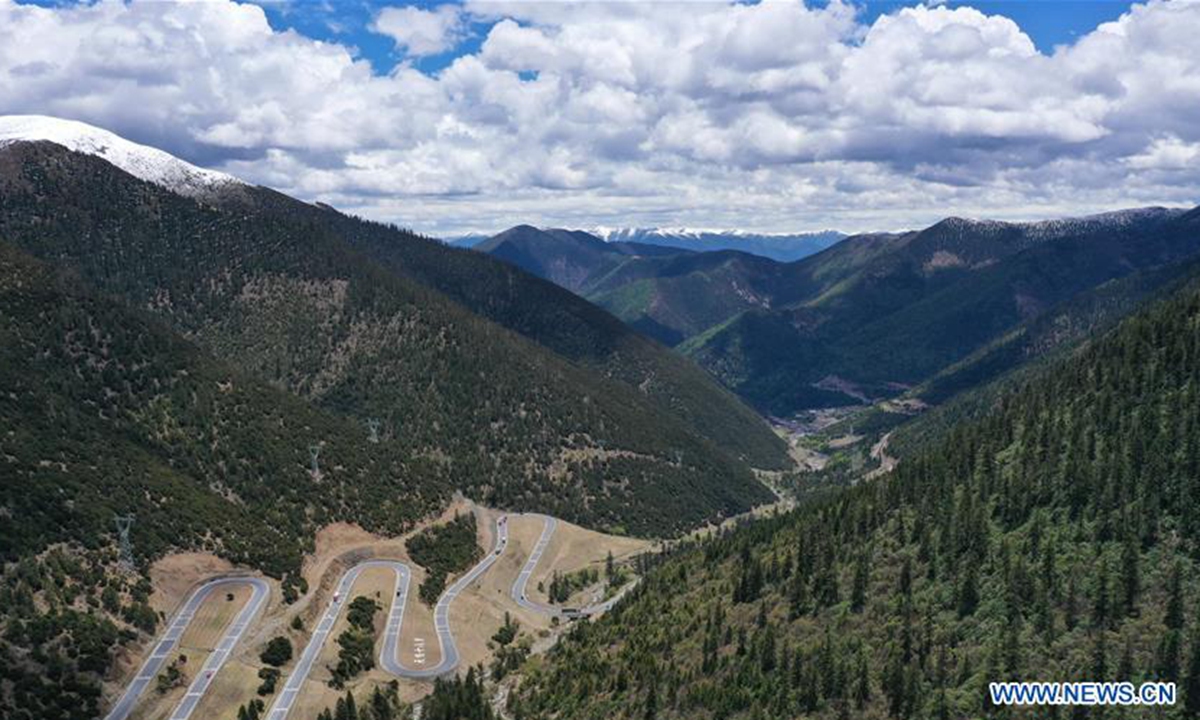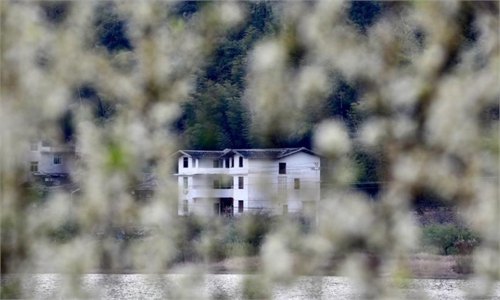Chinese researchers find evidence of alpine treelines to higher altitudes due to global warming

Photo: Xinhua
The warming-induced phenological mismatch has given a competitive advantage to trees over shrubs, which provides a new interpretation in further explaining alpine treeline shifts under the context of climate change, Chinese researchers have discovered.
The research, conducted by teams from the Institute of Tibetan Plateau Research affiliated with Chinese Academy of Sciences (CAS), has shed new light on the impact of global warming on the alpine treelines and the growth and development of trees and shrubs in high-altitude forests, according to a statement obtained by the Global Times from the institute.
Alpine treelines, the uppermost limit of tree growth forming the boundary between montane forest and alpine communities, are expected to advance upward in response to climate warming, researchers said in their findings. The research thesis was published in the international academic journal National Science Review.
The team used observational data on formation layer phenology from a continuous observation station in southeastern Xizang and combined it with simulated phenology data from 11 Northern Hemisphere sites to systematically study the changes and mechanisms of the growth and development of trees and shrubs in spring on the alpine treeline against the background of global warming, according to Li Xiaoxia, an associate research fellow from the institute.
The team found that the response of the formation layer phenology of trees and shrubs on the typical alpine treeline of Sejila Mountain in southeastern Xizang to spring warming was not synchronized, with shrubs being more sensitive to winter low-temperature stimulation and trees being more sensitive to accumulated temperature.
The rate of warming in high-altitude areas is significantly higher than that in low-altitude areas, and the rate of warming in winter is much higher than that in spring, which may increase the phenological differences between trees and shrubs on the alpine treeline, the team said.
"Our findings suggest that climate change is mismatching phenology between trees and shrubs, potentially enlarging the gap in growth patterns between life forms at the alpine treeline," researchers wrote in their article.
Global Times


